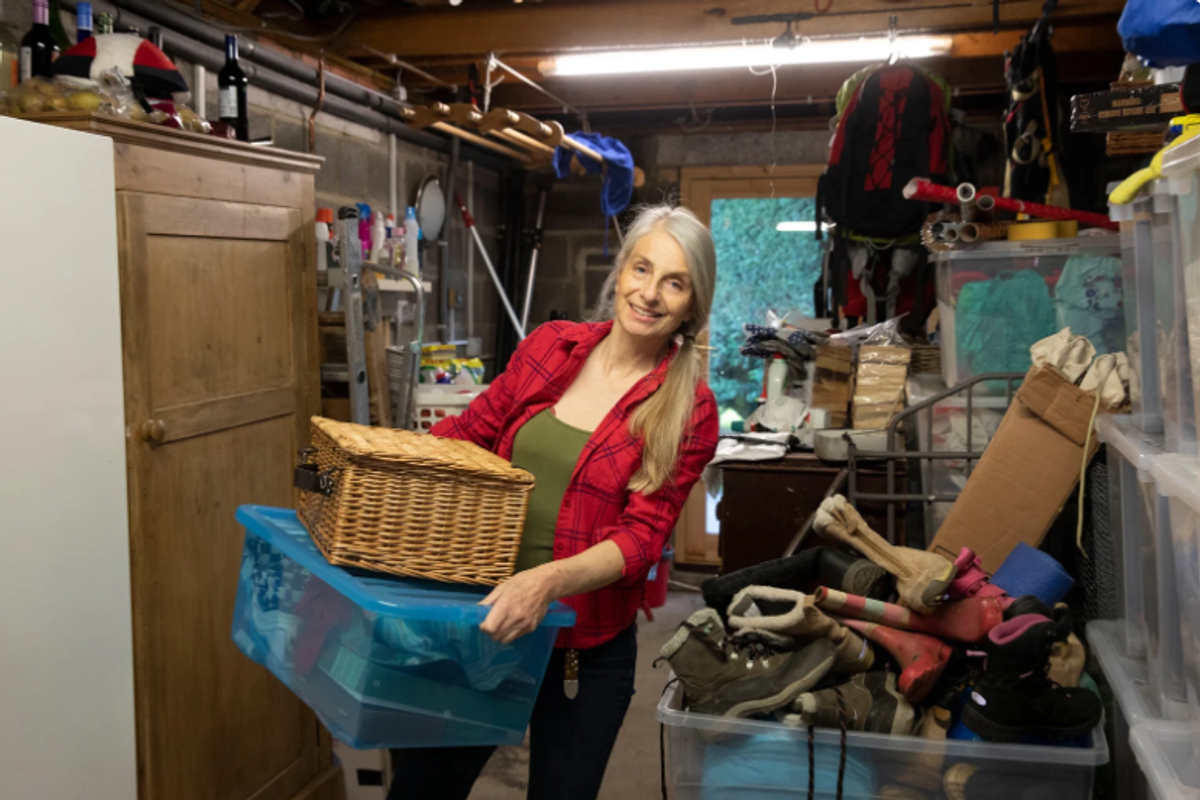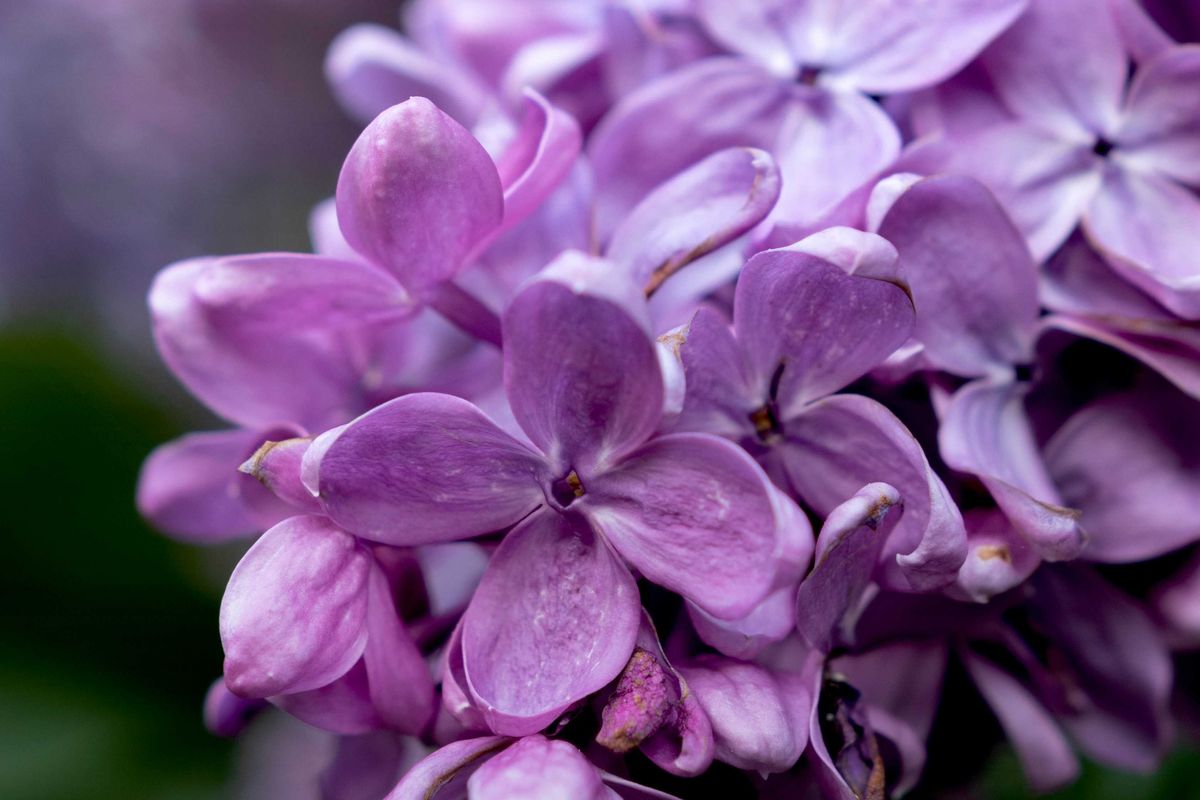Here are 5 times when humans helped Earth's creatures survive.
Sometimes in the course of human events, we screw things up. Sometimes we also realize what we've done and try to fix it.
Sometimes in the course of human events, we really really screw things up. Some of those screwups have small consequences. Others almost wipe out entire species.
Fortunately, sometimes we also realize what we've done and try to fix it. And even succeed.
Here are five times when good conservation saved animals we couldn't imagine our world without and and what we could do to help out right now.
1. That time hand puppets helped save the California condor
The California condor has an image problem. It's a giant roadkill-eating vulture with a bald head and a face only another condor could love. So, in grand human tradition, we did our best to get rid of them.
Photo by George Kathy Klinich/Flickr.
After decades of being hunted and losing its habitat, the California condor was at the brink of extinction. By 1982, there were only 22 California condors living in the world.
Conservationists sprung into action. They captured the 22 remaining condors and placed them into two captive breeding programs. To ensure that new baby condors bonded only to other birds, human handlers raised them with little puppets that looked like condor heads.
By all accounts, their recovery has been remarkable. By 1990, enough new condors had been born for some to be released back into the wild. By 2014, there were 421 California condors, 228 of which lived in the wild. The species is still considered endangered.
2. How whaling bans saved the humpback
By 1986, it was so much of a given that humans would render humpback whales extinct, that Hollywood even made a blockbuster Star Trek movie about us doing it. After all, we came pretty close.
GIF via "Star Trek IV: The Voyage Home."
Throughout the last two centuries, baleen whales like the humpback were a popular target for ocean-going hunters. While exact numbers are unknown, historians estimate that 90% of the global humpback population — about 200,000 whales — were killed by whaling between 1904 and 1966. When the ban was instated, only 5,000 whales remained worldwide.
Photo by Christopher Michel/Flickr.
Once the threat of whaling was removed, humpback populations bounced back rapidly. There are now an estimated 80,000 humpbacks worldwide, with large populations in the Northern Pacific and Northern Atlantic and the Southern Hemisphere. As of 2009, the International Union for Conservation of Nature considers them an animal of "least concern."
3. How banning a pesticide brought the brown pelican back from the brink
Rachel Carson wrote "Silent Spring" in 1967. In her attempt to explain how pesticides like DDT were poisoning entire animal food chains, she helped birth the entire environmental movement. This was good news for the brown pelican — one of the most beloved birds on the U.S.'s south coast.
Photo by Kevin Cole/Flickr.
DDT makes brown pelican eggshells thin and brittle, causing them to break when pelican mothers try to incubate them. Researchers quickly made the connection: No eggs means no new brown pelicans. Without intervention, this unique species would have been extinct within a decade.
Thanks to conservation efforts, 1972's nationwide DDT ban, and the signing of the U.S. Endangered Species Act in 1973, brown pelican populations have had an impressive recovery. By 2009, all subspecies of the brown pelican had large enough populations to be delisted as endangered.
4. The world's largest tiger finally has its day
War leaves victims everywhere it touches, even in the animal kingdom.
There are no official statistics on how large the Siberian tiger population was before the Russian Civil War, but we do know how many were left afterward. By 1935, only 40 Siberian tigers remained in the wild.
Photo by Matthias Appel/Flickr.
The Soviet government banned tiger hunting from 1947 until its dissolution in 1991. During that time, populations increased slightly to several hundred tigers, but massive threats still remained from habitat loss and poachers selling tiger parts to Chinese markets.
Starting in 2010, the Russian government got serious about tiger conservation. They started a Global Tiger Day, unveiled new monitoring and research programs to study current and potential tiger habitats, and launched new regulations to fight poachers.
It appears to be working. As of 2015, there are an estimated 480-540 Siberian tigers in far eastern Russia, including 100 cubs.
5. Before conservation organizations ever existed, ranchers helped save the bison
The European colonization of North America continues to have many, many casualties, but few are quite so unnecessary, brazen, and shocking as what happened to the bison.
Photo by Doreen Van Ryswyk/USFWS/Flickr.
Before the 19th century, there were more than 20 million bison roaming the prairie — being chill and eating grass — with a small number sustainably hunted by Native Americans.
Then came the Europeans with their rifles, railroads and manifest destiny. In a few short decades almost all of the bison were slaughtered — mostly for their hides and their tongues. By 1889, just over 1,000 bison remained.
With extinction seeming inevitable, ranchers and amateur conservationists began raising their own herds to try to save the species. Conservation organizations also joined the cause, helping to create Yellowstone and Wood Buffalo National Parks as safe spaces for wild bison to roam. Today, about 500,000 bison live in North America mostly in privately-owned herds. 15,000 roam free.
We can change things. We've done it before. We'll do it again.
And that makes me want to dance. Like the currently endangered panda you can learn more about by clicking below.
Conservation is hard work, but real, positive results can happen. Especially if we're willing to face how we ended up in this situation in the first place. Learn more about what you can do to help at Racing Extinction's website. And if you wanna share the times we made a difference, that'd be awesome.






 Friends sharing a moment in the sunlit park.
Friends sharing a moment in the sunlit park. Feeling the stress: A young woman holds her head in frustration.
Feeling the stress: A young woman holds her head in frustration. Friends sharing a laugh over coffee at a cozy café.
Friends sharing a laugh over coffee at a cozy café.
 Close up of lilac flowers. Photo by
Close up of lilac flowers. Photo by